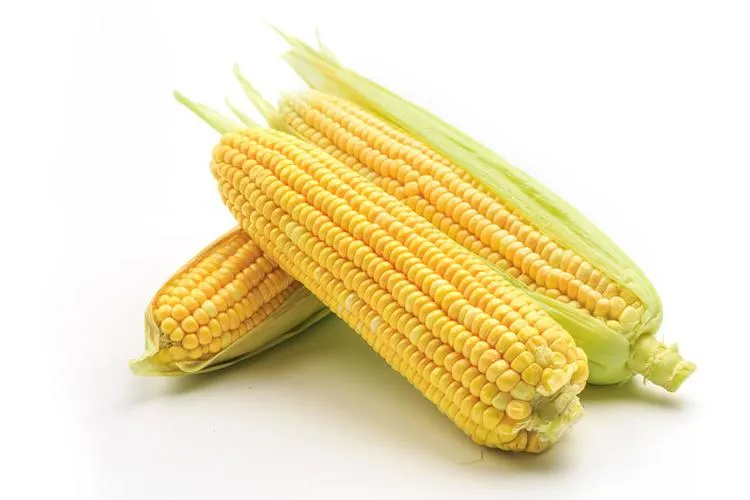
Nov . 19, 2024 23:37 Back to list
strobilurin azoxystrobin service
Understanding Azoxystrobin A Powerful Strobilurin Fungicide
Azoxystrobin is part of the strobilurin class of fungicides, which are derived from the natural substances produced by fungi. This particular fungicide is widely recognized for its efficacy in managing a variety of plant diseases, making it a staple in agriculture around the globe. As a systemic fungicide, azoxystrobin works by penetrating plant tissues and providing protection from within, ensuring that crops remain healthy and productive.
Mechanism of Action
The primary mode of action of azoxystrobin lies in its ability to inhibit mitochondrial respiration in fungi. It targets a specific enzyme in the respiratory pathway, effectively disrupting the energy production process vital for fungal growth and reproduction. This inhibition not only curtails the growth of existing fungal populations but also prevents the emergence of new ones, offering a dual mode of protection. Because of its systemic nature, the fungicide is absorbed by the plant and translocated through its tissues, providing ongoing protection against pathogens.
Applications in Agriculture
Azoxystrobin is used to combat a wide range of crop diseases, including but not limited to powdery mildew, leaf spots, and blights. Crops including cereals, fruits, vegetables, and ornamental plants benefit from its protective qualities. In the case of wheat, for example, azoxystrobin has proven effective against diseases such as Septoria leaf blotch and Fusarium head blight, which can significantly impact both yield and grain quality.
Farmers often turn to azoxystrobin as a part of an integrated pest management (IPM) strategy. This approach combines chemical control with biological and cultural methods to sustainably manage pest and disease pressure. By using azoxystrobin in conjunction with other control measures, farmers can reduce reliance on fungicides, thereby minimizing the potential for resistance development in fungal populations.
Environmental Considerations
strobilurin azoxystrobin service

While azoxystrobin is known for its effectiveness, it is essential to consider its environmental impact. The fungicide has been subject to scrutiny regarding its persistence in the environment and its potential effects on non-target organisms, including beneficial insects and aquatic life. Regulatory agencies around the world continuously monitor its use, and farmers are encouraged to follow best practices to minimize runoff and reduce exposure to non-target species.
Moreover, the development of resistance among pathogens is a significant concern. Continuous use of azoxystrobin or other fungicides within the same mode of action can lead to reduced effectiveness over time. To combat this, rotating different classes of fungicides and incorporating non-chemical control strategies can help prolong the efficacy of azoxystrobin and other fungicides used in agriculture.
Future Prospects
Research and development in the field of crop protection are ever-evolving, and azoxystrobin remains a focal point. Scientists are exploring new formulations and combinations to enhance its efficiency and reduce environmental risks. Moreover, advances in biotechnology may lead to the development of disease-resistant crop varieties that can withstand fungal infections without solely relying on chemical controls.
As global agricultural practices strive towards sustainability, the role of fungicides like azoxystrobin will continue to be evaluated. Innovations that improve pest management strategies while ensuring the safety of the ecosystem will be crucial in meeting the food demands of a growing population.
Conclusion
In summary, azoxystrobin is a versatile and effective strobilurin fungicide that plays a critical role in modern agriculture. Its unique mode of action, wide range of applications, and ability to integrate into IPM systems make it a valuable tool for farmers. However, responsible use and ongoing research are imperative to mitigate environmental impacts and resistance concerns, ensuring that azoxystrobin remains an integral part of sustainable agricultural practices in the years to come.
-
Kasugamycin Fungicide: Efficient Bacterial & Fungal Control
NewsAug.02,2025
-
Emamectin Benzoate: AI-Optimized Pest Control Solution
NewsAug.01,2025
-
Best Abamectin 95% | Top Pesticide for Crop Protection
NewsJul.31,2025
-
Insecticide Spirotetramat 11% + Thiacloprid 11% SC at Good Price
NewsJul.30,2025
-
Best Abamectin SDS - Premium Quality & Reliable Safety Data
NewsJul.29,2025
-
Agrochemicals Pesticides Solutions for Sustainable Farming
NewsJul.29,2025
